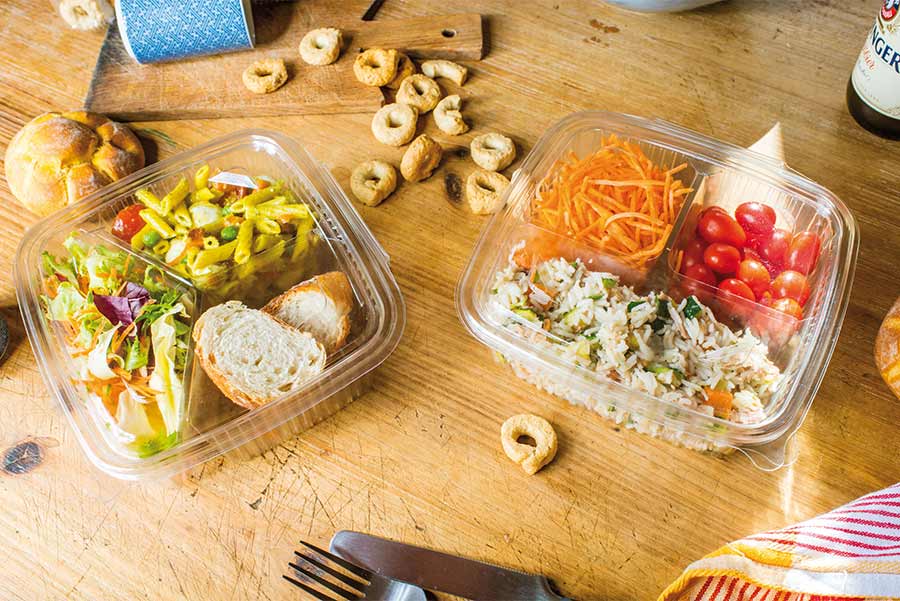Preserving the organoleptic properties of food is a crucial aspect for any company operating in the food industry. In this article we will analyse the concept of food organoleptic properties and the crucial role that food packaging plays in their preservation.
What is meant by organoleptic properties?
The organoleptic properties of food are a complex set of characteristics. They are perceived by the five senses.
These properties include colour, aroma, texture, taste and are closely related to consumer satisfaction.. In fact, a food that appeals to the consumer’s senses will contribute more to consumer loyalty.
Preserving the organoleptic qualities is therefore a very sensitive issue in the food industry, running the risk of being deteriorated during the production, distribution and consumption of the products themselves. This is where the importance of food packaging comes into play.
Discover the Hot Form range of food containers
The role of food packaging in preserving organoleptic characteristics
As expected, to ensure the proper preservation of the organoleptic properties of food, it is crucial to pay close attention to the choice of appropriate packaging.
The choice of packaging type plays a crucial role in the proper preservation of organoleptic characteristics. Packaging materials should be chosen according to the type of food they contain.
For example, PET containers can be an excellent choice for preserving the freshness of foods such as fruit, meat, and cheese, while PP containers are ideal for hot foods and convenience foods that require microwaving. An incorrect choice of packaging material can compromise food quality and negatively affect the perception of the end consumer.
The choice of the protective barrier that makes up the packaging is also a crucial element in preserving the organoleptic properties of the contained food. Such barriers can be achieved using thin films or coatings that prevent harmful substances, such as oxygen and moisture, from penetrating the packaging and causing spoilage to the food. This is a crucial measure to prevent oxidation of fats and loss of flavour.
Read also: Modified and controlled atmosphere for better preservation of fresh produce
Finally, airtight food packaging may be necessary for some types of foods in order to reduce the presence of oxygen that can cause spoilage.
How to choose the most suitable food packaging
We present below a series of practical tips for food companies to ensure optimal preservation of organoleptic characteristics.
First of all, it is crucial to provide clear product labelling, with comprehensive information on storage methods and best before dates, so that consumers can enjoy the food to the full.
In addition to protecting the sensory quality of food, companies should also choose sustainable packaging materialsto reduce environmental impact. Finally, conducting regular monitoring during the production, packaging and distribution process is essential to ensure the quality of the final product.
At Hot Form, we make food trays that not only preserve the organoleptic qualities of the food, but also allow for proper presentation and optimal functionality for the end customer.
For more information regarding Hot Form’s range of hot food containers contact us. Our team of experts will be able to provide you with comprehensive and timely advice.



